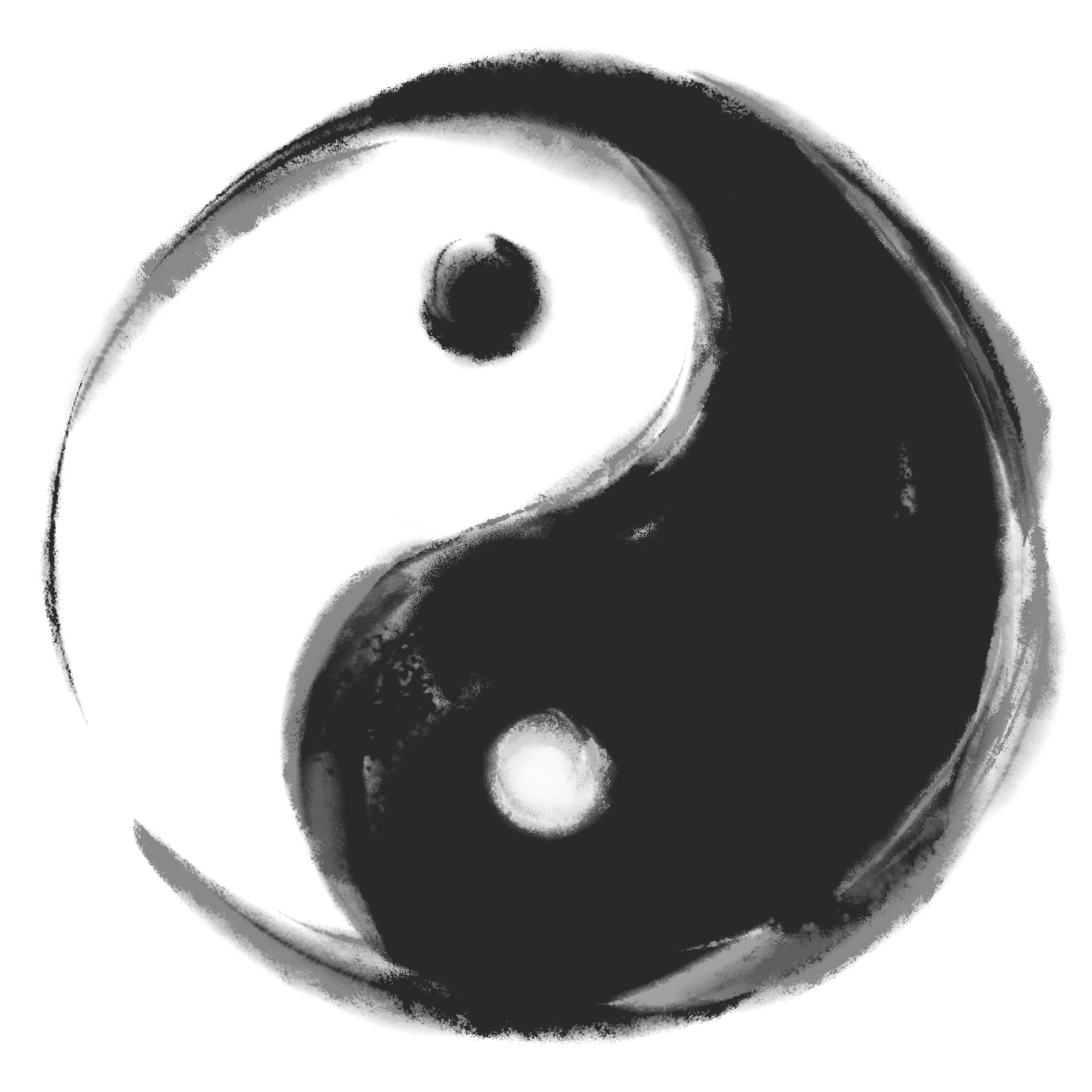Ng Yue Wah
The first thing I learnt from Master Kwan-lam Wong, who enlightened me on Tai Chi, was Post Standing (Mandarin: Zhan Zhuang 站樁). One hour a day, for two weeks I did the practice. On the third week he began teaching me the 85-movement form – also one hour per day. I learnt all movements in two weeks. Master said I was gifted – I could not agree with him, knowing that my gift on Post Standing is much absent.
Now what I want to say is, Master always emphasized on Swinging Out (Mandarin: Kai 開) and Swinging In (Mandarin: He 合). I felt I was getting no where. Later when I was studying Sun-style Tai Chi Chuan, the idea of Swinging In and Out became clear and such technique is unique and occurs many times in the form.
Swinging In and Out is fundamental in Tai Chi Chuan. Normally it is done by limbs swinging out, and then swinging back in. Those who do elementary Taiji Exercise (Mandarin: Tai Ji Chao太極操) would have no problem understanding this.
Then where is the training leading us to? Swing In and Out is certainly not the sole element – superficial it looks; we need to generate an Internal Energy-flow Mechanism (Mandarin: Nei Nian 內練). Tai Chi Chuan would otherwise not be considered as a kind of Nei Gong, ‘Internal Skill’.
Swinging In and Out is similar to Inflating (Mandarin Shen 伸) and Deflating (Mandarin: Suo 縮). What is the difference? What do they have in common?
First, we have to adapt Synchronization of Body and Mind (Mandarin: Chuan Sheng Yi Zhi 全身一致) before we move on. To make progress, student has to know the basic step by step. When Synchronization has been achieved, training should run on regular and continuous basis. As Master Chen-fu Yang said, “One who refuses to strive for a good posture will understand nothing. A good posture is the foundation of Tai Chi Chuan. Only with regular and continuous training, the stance would become stable and movement would be light. Without a good posture, the stance would be easily led off. Pushing hands exercise would not help on this.” Only then a Consolidated Bodily Status with Sharp Responsiveness (Mandarin: Gang Ti 剛體) can be formed (Gang Ti will have to be neat and tidy). At this stage, we can generate an Internal Energy-Flow Mechanism. Inflating and Deflating should not be perceived as muscular movements, it is ‘bones’ that do the work. This is a high-level training.
A saying echoes what I have said so far, “knowing to breathe gives agility”.
When you do Tai Chi next time, this technique will enable you to master a form that is, as the saying goes, “larger beyond the boundary and smaller than the molecule” – the real Tai Chi Chuan.
One more thing: those who acquired the technique can downsize the bone frame. This is beyond imagination, but examples can be found widely in novels. I remember watching this on a TV programme, in which a big guy fitting his body in a tiny shirt. This falls into the kind of Body Shrinking (Mandarin: Suo Gu Gong 縮骨功)
